How Fast Does Aloe Vera Grow? 4 Things to Consider
-
Pete Ortiz
- Last updated:
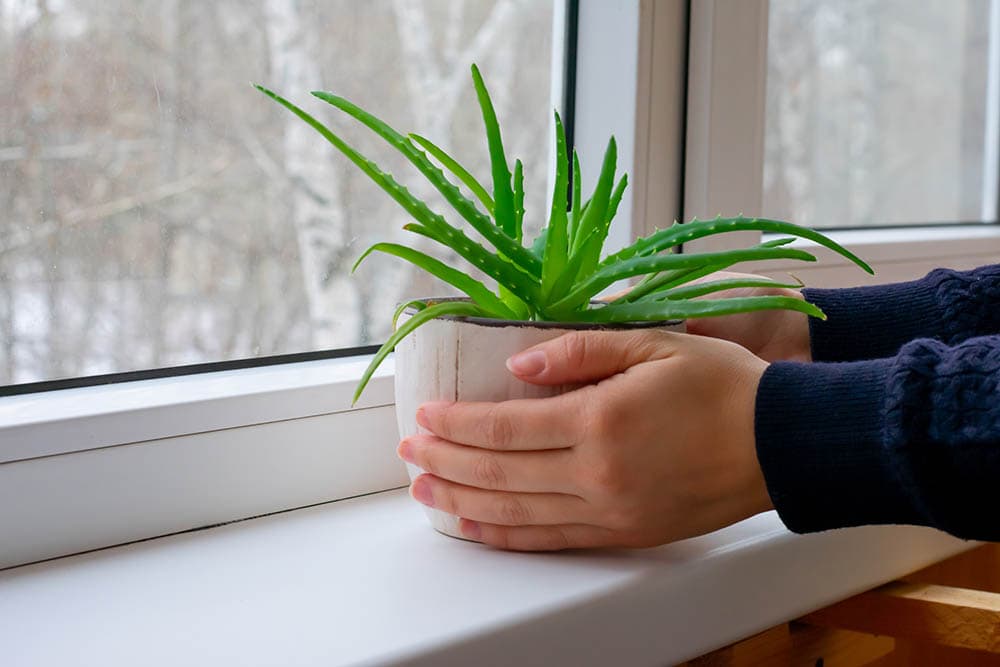
Aloe Vera is a succulent plant with spiky leaves, commonly potted in houses and grown in gardens. It is considered one of the fastest-growing succulent plants. It would take approximately 2–3 years for an indoor plant growing at an inch every month to mature. Outdoor aloe plants take at least 2 years to grow at ½ inch a month to fully mature.
However, the precise growth rate of aloe plants depends upon several environmental factors as well as the health and growth stage of the plant. Though, you should be able to detect some observable changes in your aloe plant within a month or less. This includes the formulation of a brand-new plantlet also known as a pup from its central rosette. Other significant changes will take effect in about 4 months or so.
In this article, you will learn about factors affecting aloe growth and how to promote the rapid development of aloe Vera plants.
The Growth Rate of Aloe Vera
Aloe Vera plants are significantly slower than other succulents in development. They need specialized care to ensure they receive the necessary nutrients required for optimum growth.
The growth rate depends on the environmental conditions in which they are kept. While it is still faster growing than other succulents, it will still take time for the plant to display more visible growth compared to any other plants growing in your garden.
It may take 3–4 years for a new aloe plant to achieve its maximum height. Unlike other plants, aloe plants do not grow a leaf overnight—each leaf takes about a month to sprout and mature. Also, once the leaf is cut off, it can never sprout back from the exact position. Instead, the stem sprouts the new leaf from the center, and will take about a month to be fully regrown.
At maturity level, the aloe plants spot green succulent leaves that measure around 8 –10 inches in length (20–25 cm). When given the right growing condition, the aloe plant can reach a maximum of 18 inches (46 cm) in width and height. The growth rate and maximum height depend on the proper care routine. It will also depend on availing the right environmental conditions for optimum growth
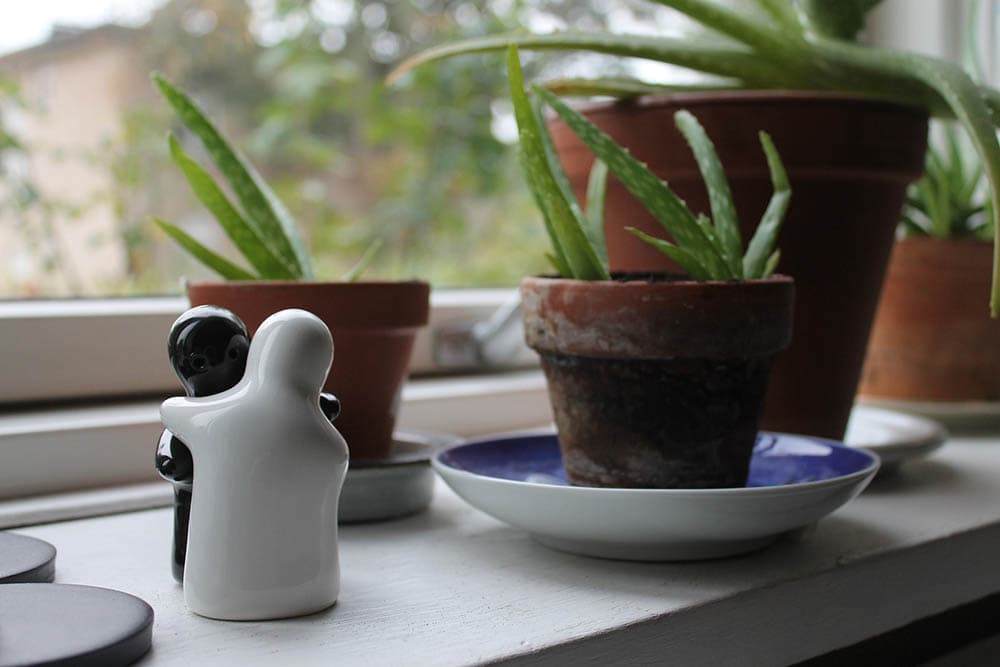
The 4 Factors Affecting the Growth Rate of Aloe Vera
As mentioned above, the growth rate of aloe Vera will depend on several environmental conditions. The following are some of the factors that significantly affect the growth rate of aloe Vera.
1. Growing Conditions
The growing conditions you give your plants will determine whether aloe plants grow healthily and reach maturity.
- Sunlight and Temperature: Aloe plants can survive and thrive in both natural and artificial light. If growing the plant in natural light, a maximum of 6 hours of exposure to bright sunlight is enough for proper growth. However, if you want to grow it indoors, ensure that the plants receive a maximum of 16 hours of exposure to artificial growth lights. In addition, aloe plants need ideal temperature conditions to assist in photosynthesis. The ideal temperature range for aloe plants to thrive is 15°–24°C. Remember to rotate the plants after every week so that all the parts of the plant are equally exposed to light. Do not overexpose them, as continuous exposure to direct sunlight will dry the leaves out.
- Potting Container: Aloe Vera plants require a lot of space to accommodate their deep root system. If growing aloe plants outside, space shouldn’t be a problem. But if you pot your plants, you need a clay pot with drainage holes and always half an inch larger than the plant itself. If you plant the aloe plant in a container larger than this, you will need more soil which will not necessarily increase the growth rate of the plant. A lot of soil will probably even kill the aloe plant as excessive soil translates to excess moisture that hurts these succulents. Once you have found a suitable pot size, you might not need to re-pot for a long time because aloe plants are slow growers.
- Watering: While Aloe Vera grows and thrives in arid climates, the plants also need water to survive. Most people are of the impression that since they are succulent, they can go without water for a few weeks. However, this is a common misconception. You should water your aloe plants after every three weeks. Word of caution: avoid over-watering aloe plants. Also, never water the plants again before allowing water on the upper 1–2 inches of soil to have completely dried out.
- Soil: Aloe Vera thrives best in loose and coarse-grained soils. This type of soil has low moisture retention and is porous enough for water to drain through. Loose soil will allow the plant roots to grow without any hindrances. If you want to grow aloe Vera in a container, use a potting mixture containing coarse sand granules because it is ideal for succulents like Aloe Vera.
2. Location
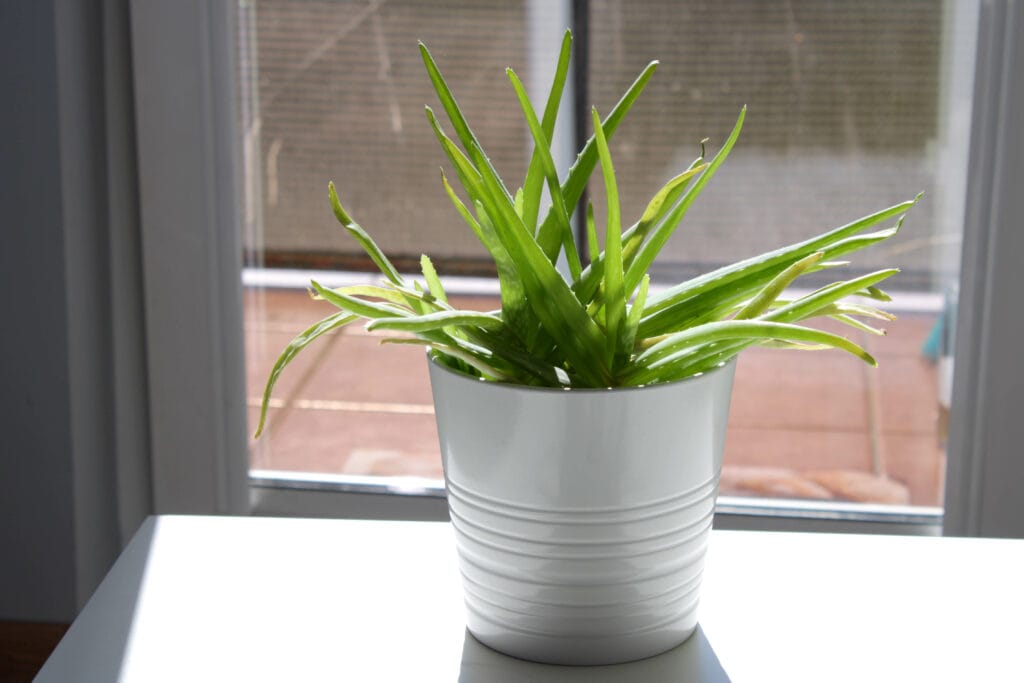
The placement of Aloe Vera also plays an important role in the growth rate and development of the plant. Aloe plants growing indoors exhibit a slower growth rate compared to outdoor plants. This is due to the temperature and heat difference. So, if you want to experience a faster growth rate, place your aloe plant outside, but don’t overexpose the plants to direct sunlight.
3. Season
The different growth stages of Aloe plants will need different time limits for their development. Aloe Vera plants experience their active growth stage during the late winter and early spring seasons. So, you can witness a faster growth rate. In contrast, during early winters, the plant goes into resting mode, so the plants show little or no growth during this season.
4. Overall Plant Health
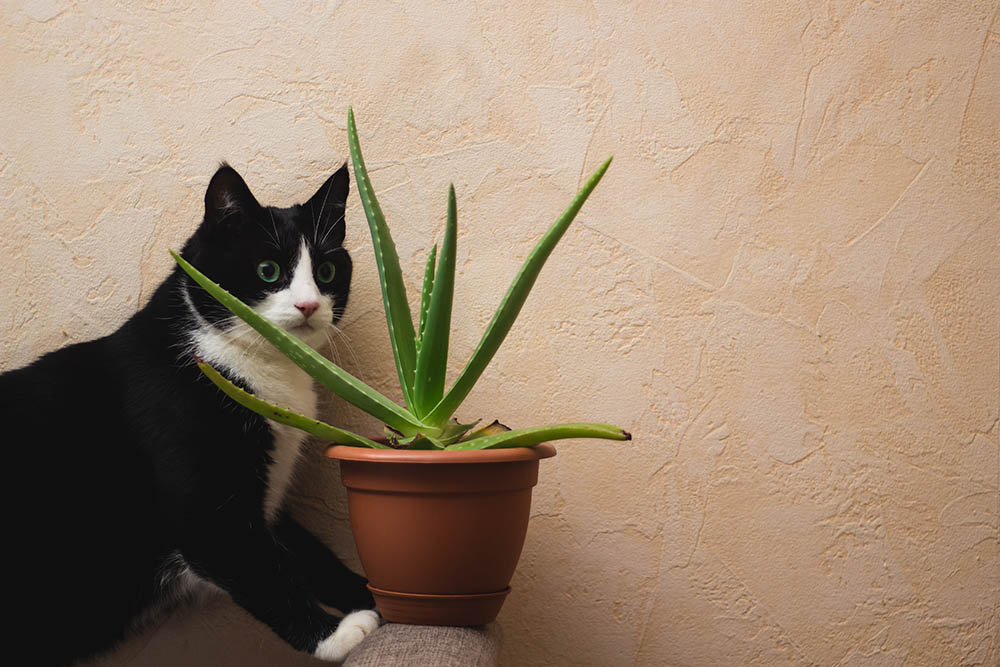
When Aloe plants are damaged, their growth is inhibited and requires a lot of time to grow and develop. Common issues that affect aloe vera health include pests and diseases as well as harsh growing conditions such as drought.
How to Promote Rapid Growth of Aloe Vera Plants
If you are unsatisfied with the rate at which your aloe plant is growing, you can employ a few tips to hasten its growth and development. They include:
1. Root Growth Hacks
To promote rapid plant development of a plant, you can start by ensuring the roots are long and healthy enough to draw important nutrients from the soil. One way to promote root growth is by using a rooting hormone powder. In addition to the hormone, the plant must be watered for two to three weeks to help grow an extensive root network.
2. Avoid Sudden Environmental/Temperature Changes

As you may have gathered, aloe plants are very sensitive to drastic changes in light and temperatures. When taking your aloe plants outside to bask and vice versa, you should do it in gradual stages. Otherwise, the aloe plant will experience a possible shock that may even affect its growth rate.
3. Regular Fertilizing
Even though aloe Vera doesn’t need fertilizers to thrive, feeding your plant with a well-balanced fertilizer will go a long way toward ensuring proper growth and development. If you are an indoor aloe plant gardener, consider mixing a specially formulated succulent fertilizer. Alternatively use a general formula with a higher phosphorus content (10-40-10). Usually, a liquid blend is best.
The application should be done at least once a month, especially during the active growth season (spring and summer). If you grow your aloe in a garden, reduce the amount and decrease the schedule of fertilizers application because the plants already have access to more natural minerals and nutrients from the ground.
4. Using Banana Peels
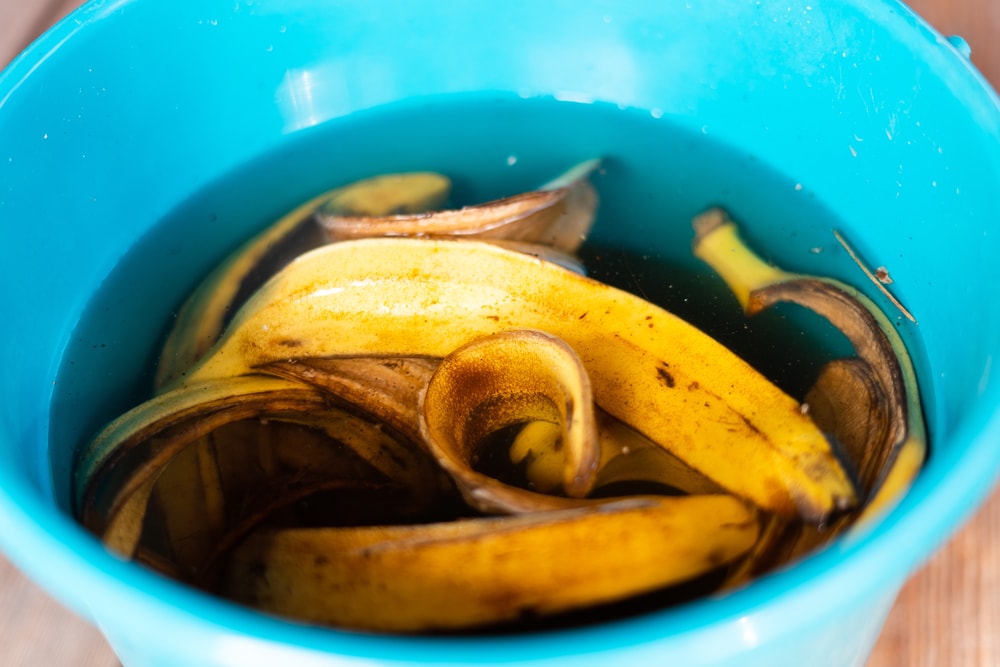
It is a widely accepted fact that banana leaves can promote rapid growth. You need only bury a banana peel where you intend to grow your aloe plant. It will not only provide the much-needed nutrients for growth, but the additional potassium source will help the aloe plant build better resistance against pests and diseases.
5. Plant the Aloe in a Correctly Sized Pot
As earlier mentioned, re-potting may not be necessary for aloe plants because of their sluggish growth. However, you can always be on the lookout for tell-tale signs that your plant may need a larger pot. These include roots emerging from the drainage holes or the soil surface and the soil drying up faster than usual.
You should also clean and dry the pot before adding any potting mixture. Additionally, the pot should always have good drainage holes and a plate to cover the holes to prevent soil loss when not watering your plant.
Conclusion
Aloe Vera is a great plant to have in your compound. It not only features medicinal qualities such as skincare and first aid regiments it is also aesthetically pleasing, whether planted indoors or outside. It may be a slow-growing plant, but with the right proper care, it can grow to its maximum height of 46 centimeters in just 3 years.
The growth rate may depend on several conditions and factors, but ensuring optimum growing conditions will ensure the plant thrives in perfect health. Just make sure you provide the optimum temperature, regular exposure to air, and give just enough water to last the plant 3 weeks. Also ensure the soil used is loose and coarse and the pot has drainage holes in the middle.
If you want to promote fast growth in your plants, just use a correctly sized pot, add banana peelings, succulent fertilizer, and some rooting hormone and you can rest assured your plant will shoot from a pup to a full-grown leaf in a short time. Avoid exposing the aloe plant to the sudden environment and temperature changes, though.
- https://semperfihomeinspections.com/do-you-check-for-asbestos-during-a-home-inspection/
- https://gardeningit.com/tag/how-fast-does-aloe-vera-grow/
- https://www.seedsandspades.com/how-fast-does-aloe-vera-grow/
- https://gardenerspath.com/plants/succulents/grow-aloe-vera/
- https://thepracticalplanter.com/how-fast-do-aloe-plants-grow/
Featured Image Credit: Sunny_Smile, Shutterstock
Contents


